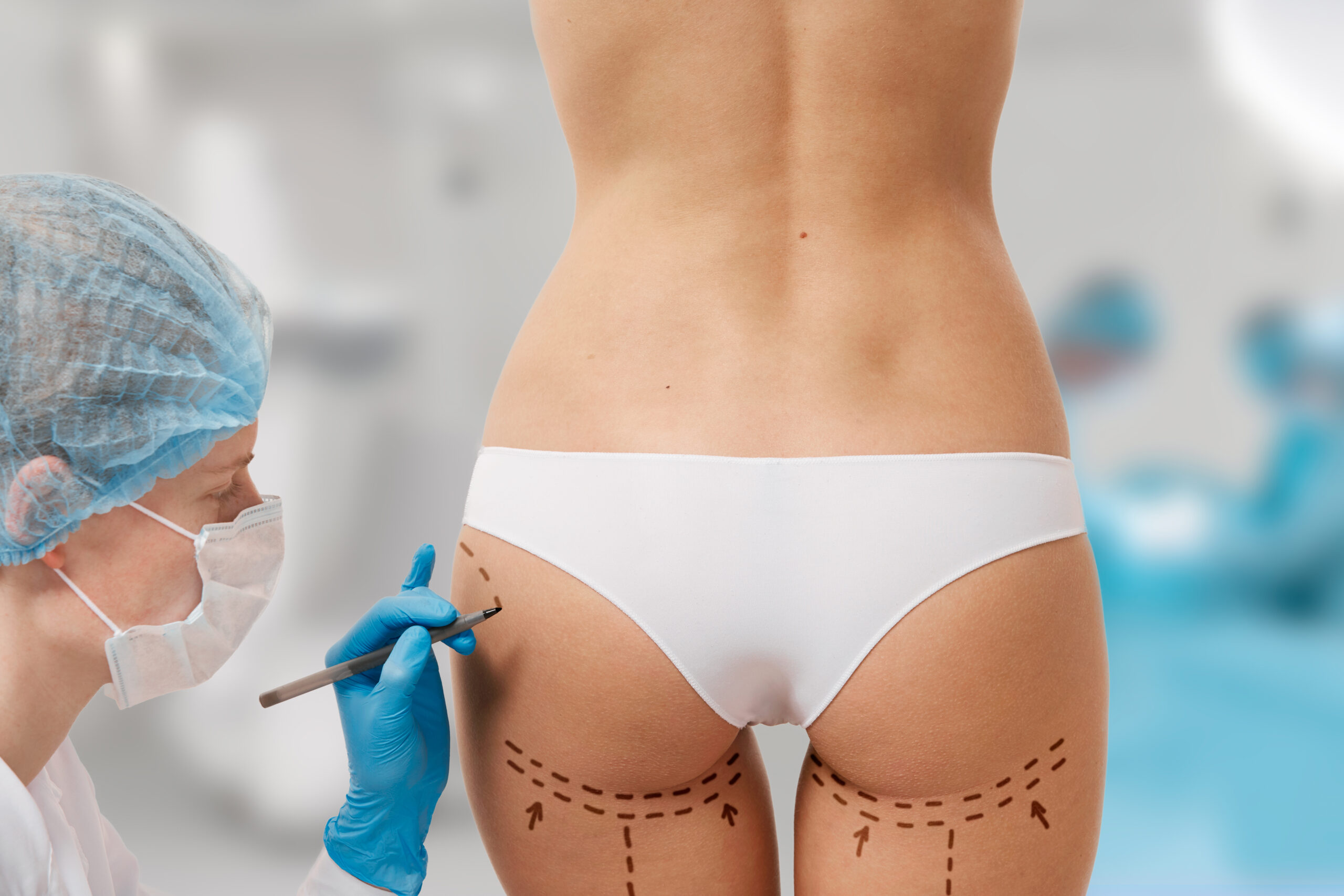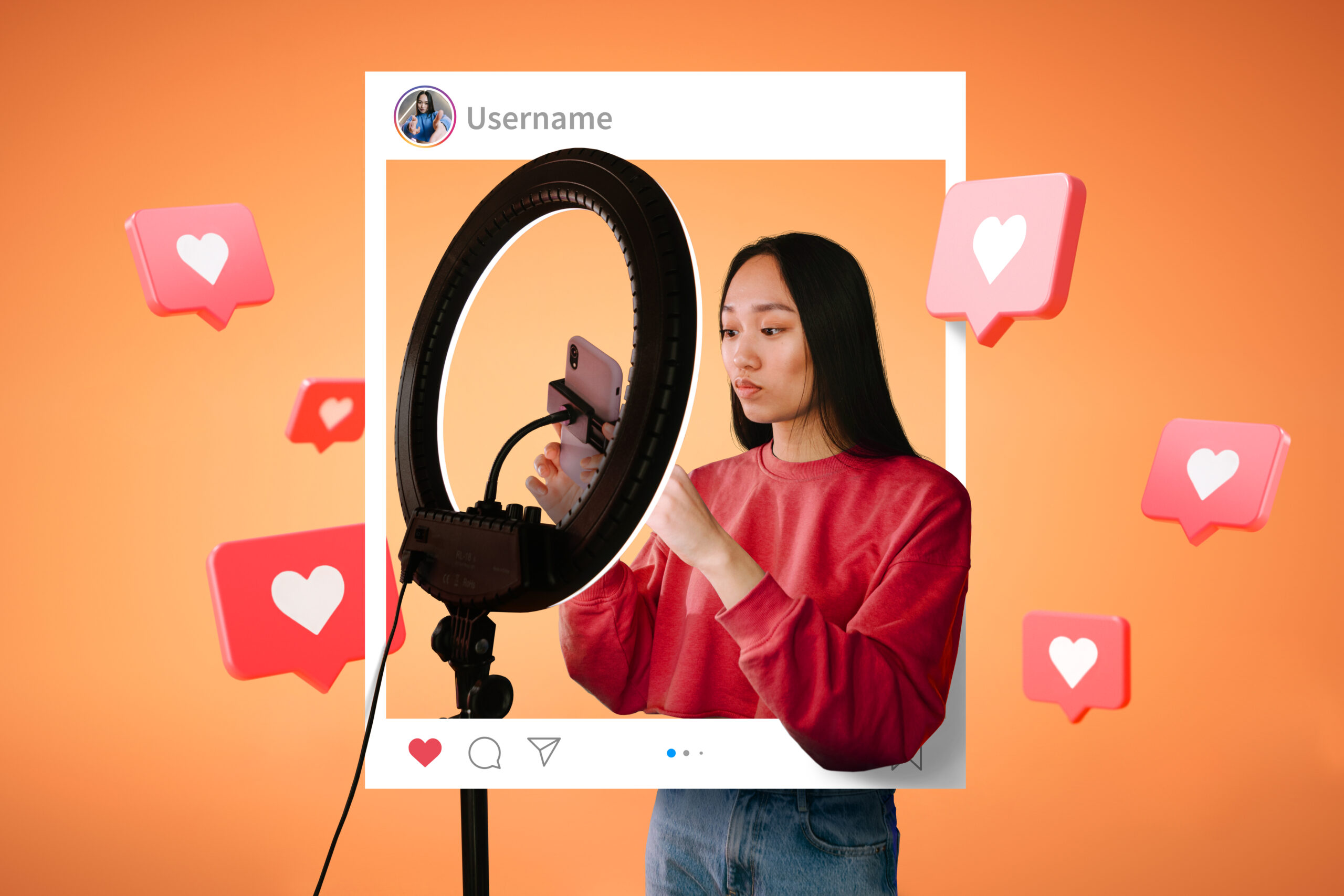Influencer forced to spend over $85,000 on corrective surgery after bum implants ‘fell out’ in the gym
Last updated on
You’ve likely seen the pictures scrolling through your feed: those flawless bodies and perfect curves that look almost too good to be true. But what’s the real story behind that polished image, and what happens when it shatters in an instant? For one model, that terrifying question became a reality when her buttock implant reportedly failed during a workout. The story went viral, and it’s not hard to see why. It pulled back the curtain on the high-stakes world of cosmetic surgery, exposing a dangerous game of social media trends, jaw-dropping costs, and frightening medical risks.
A Workout Turned Nightmare
Image Source: Chelsea Robinson @miss_robinson95 on Instagram
For Chelsea, it started out like any other day at the gym. The familiar sounds of weights clanking and music pumping were the backdrop to her routine. But in the middle of a set, her world was turned upside down.
Something went horribly, terrifyingly wrong.
One of her buttock implants failed—an event so sudden and severe that she described it as the implant having “fallen out.” Can you imagine the sharp, searing pain? The confusion? The sheer horror of realizing a part of your body, one you had chosen to have surgically enhanced, had just collapsed so publicly?
View this post on Instagram
That moment was just the beginning. What came next was not just agonizing pain and a race to the emergency room, but the start of a long, grueling, and incredibly expensive journey to heal. A journey that would end up costing her over $85,000 in corrective surgeries.
Her story is a chilling, real-life look at what can happen when these implants go wrong. They are designed to be tough, but a mistake in the original surgery can create a hidden weak spot, like a ticking time bomb. An operation that looks perfect from the outside can be hiding a major problem just beneath the surface. For Chelsea, the intense muscle contractions of her workout—the very act of strengthening her body—was the final straw that caused everything to fall apart, turning her sanctuary of fitness into the scene of a medical crisis.
What Are Buttock Implants?
It’s a terrifying story, and it makes you wonder: how can something like that even happen? To get it, you have to know a bit about the surgery itself. Buttock implants aren’t like the gel-filled ones used for breast augmentation. They’re made of a solid, but still flexible, silicone that’s meant to feel like a strong, toned muscle. It’s the go-to option for people who are naturally lean and want a noticeable change in size.
The operation is no walk in the park. A surgeon makes a cut, usually tucked away in the crease between the buttocks so the scar is hidden. Then, they have to carefully carve out a pocket deep inside the gluteus maximus—that’s your main butt muscle. The implant gets tucked securely into that pocket. Placing it inside the muscle is the modern way to do it, because the muscle provides a natural-looking cover and holds it snugly in place.
And the recovery? It’s brutal. Patients can’t sit or lie flat on their backs for weeks. It’s the only way to give the tissues a chance to heal and lock the implant in place.
Even with the best surgeon, things can still go wrong. A huge study looking at over 2,200 implant surgeries found that a shocking number of patients—more than one in three (38.1% to be exact)—ran into some kind of complication that needed a doctor’s help.
The problems can be anything from stubborn infections (a big risk in that area) to painful pockets of fluid called seromas, which build up and have to be drained with a needle over and over again.
The worst-case scenarios are truly scary. There’s implant displacement, where the implant slips out of its pocket, making things look uneven and lopsided. Even more dangerous is implant extrusion, where the implant literally pushes its way out through the skin. That’s a full-blown medical emergency. It usually happens after a chain reaction of other problems—maybe the surgical pocket was made too big, or a sneaky infection slowly weakened the tissue for months. It just takes one thing to create a weak spot, a ticking time bomb waiting to go off.
The High Cost of Correction: More Than Just Money
View this post on Instagram
That $85,000 price tag Chelsea faced wasn’t just a shocking number; it pulls back the curtain on a scary truth in the world of cosmetic surgery: the cleanup can cost a whole lot more than the original job.
Going back in for a second surgery isn’t like a simple swap-out. It’s a massive undertaking. The surgeon is now dealing with tough scar tissue, not clean, healthy skin. They have to carefully take out the broken implant, clean everything up, patch up the damaged muscle, and fight off any infection. It’s a delicate, messy job that takes way more time and skill, which is why the cost skyrockets.
But the price tag isn’t the only thing that hurts. A botched surgery can mean months or even years of constant pain. It can mean going under the knife again and again. Beyond the physical toll, there’s a heavy emotional weight. You start to lose faith in doctors and the medical world. You might even feel like your own body has turned against you. Bouncing back from that kind of emotional trauma can be just as tough, if not tougher, than healing from the surgery itself.
Your Pre-Surgery Playbook
Chelsea’s experience is a wake-up call, showing that picking the right surgeon is the one step you can’t afford to get wrong. In a world of flashy Instagram ads and too-good-to-be-true deals, being your own detective is your best defense. Think of a surgeon’s credentials like a pilot’s license—you wouldn’t get on a plane with someone who just watched a few YouTube tutorials. You need a surgeon who is “board-certified.” This isn’t just a fancy sticker for their website; it’s hard-earned proof that they’ve gone through years of specialized training and passed grueling exams. Don’t even consider a surgeon without it.
Being board-certified is just the starting line. Now it’s time to interview them for the job, and remember, you’re the one in charge. Walk into the consultation with your questions ready and don’t be shy. Ask them directly: “How many of this exact procedure have you performed?” Then, ask to see their portfolio—and not just their greatest hits. Look for before-and-after photos of patients with a body type similar to yours to get a realistic idea of what’s possible. A great surgeon will be open and proud to show you their work.
Finally, always trust your gut. If a clinic feels more like a high-pressure sales floor than a medical office, that’s a huge red flag. A life-changing surgery should never come with a “one-day-only” discount. And remember that a killer Instagram feed doesn’t make someone a killer surgeon. Likes and followers don’t matter when you’re on the operating table. Real skill is proven by results, not by a filtered post.
The Influencer Effect: The Unseen Pressure for Perfection
If you’ve ever felt the pressure to look perfect online, imagine if that was your full-time job. For an influencer like Chelsea Robinson, her image isn’t just a personal profile—it’s her brand and her business. The “hourglass” figure isn’t just a look she might want; it’s a look that the social media algorithm rewards, creating a relentless professional pressure to keep up.
This feedback loop has created a strange new phenomenon some experts call “Snapchat dysmorphia,” where people are literally trying to look like their own filtered selfies. Influencers are trapped in this cycle. They see a certain look getting traction, feel compelled to get it themselves, and then their surgically-enhanced photos become the new standard, fueling the same pressure for their followers.
Chelsea’s story serves as a powerful and painful warning. It reminds us that behind every polished photo and perfect angle is a real person with a real body. And the choices made for a fleeting online image can have permanent, real-world consequences that no filter can ever hide. It forces us to ask a difficult question: What is a perfect picture really worth?
Featured Image Source: Chelsea Robinson @miss_robinson95 on Instagram
Some of the links I post on this site are affiliate links. If you go through them to make a purchase, I will earn a small commission (at no additional cost to you). However, note that I’m recommending these products because of their quality and that I have good experience using them, not because of the commission to be made.
































 JOIN OVER
JOIN OVER
Comments